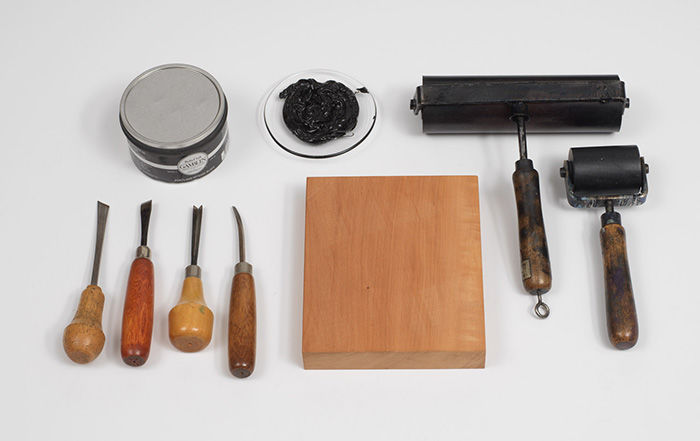Little Venice
Arthur Wesley Dow American
Not on view
A leader of the American Arts and Crafts movement, Dow’s advanced ideas concerning color and design are beautifully conveyed by his woodcuts. Born in Ipswich, Massachusetts, the artist studied tonalist painting in France for five years then returned to Boston in 1889. Fascinated by Ukiyo-e prints, Dow examined examples at the Museum of Fine Arts, together with Japanese printing equipment at the Smithsonian Institution. After mastering a multi-block process, he created forty compositions between 1891 and 1921, many printed in multiple variations with experimental inking. These works explore the expressive potential of color and, in 2016, the Museum acquired a significant group, including this working proof of "Little Venice," created at the start of Dow's career. The vertical "pillar print" format recalls Japanese models, and the work comes from a set of ten works titled "Along Ipswich River." Here, the key block has been combined with a single color (see 42.54.2 for a finished version).
Due to rights restrictions, this image cannot be enlarged, viewed at full screen, or downloaded.


